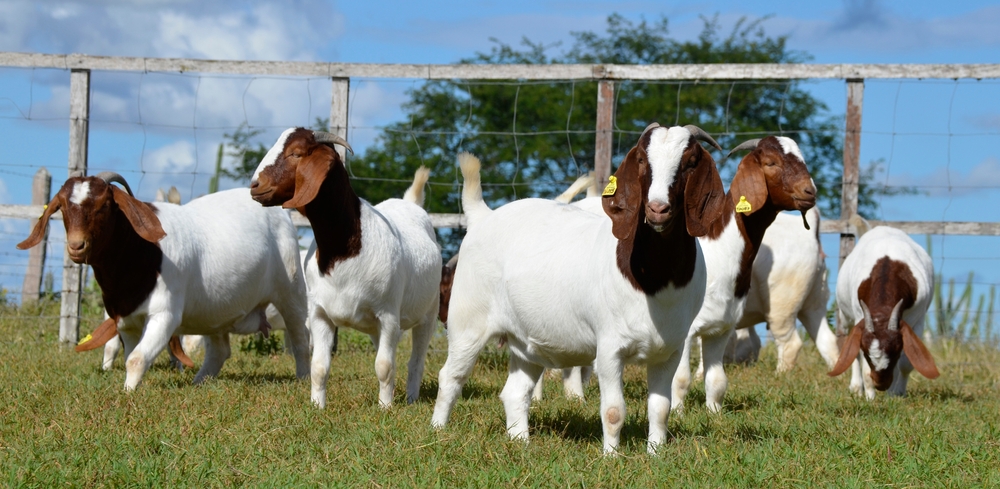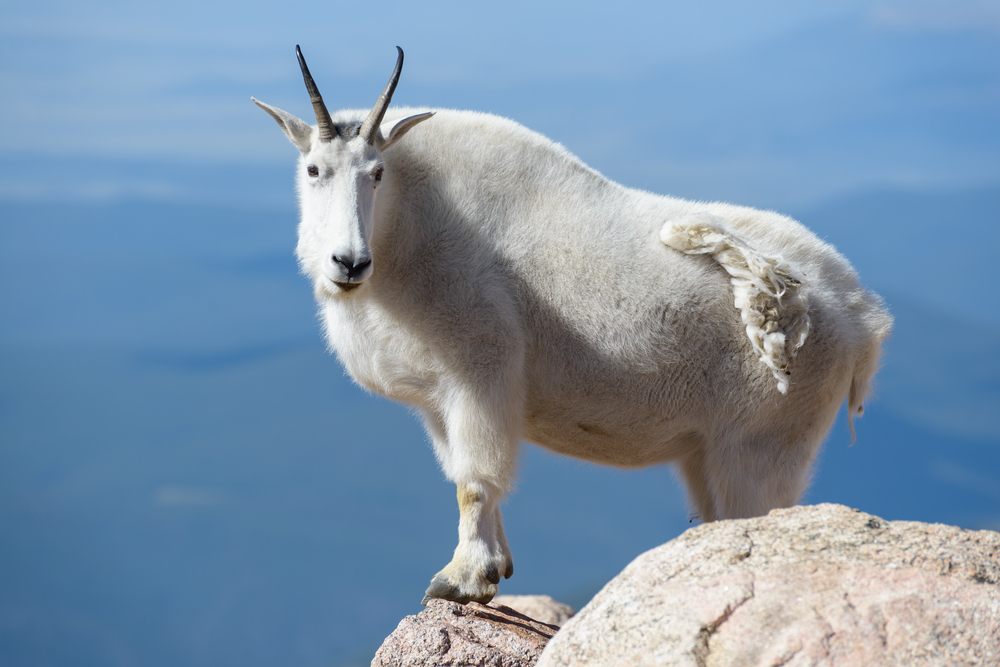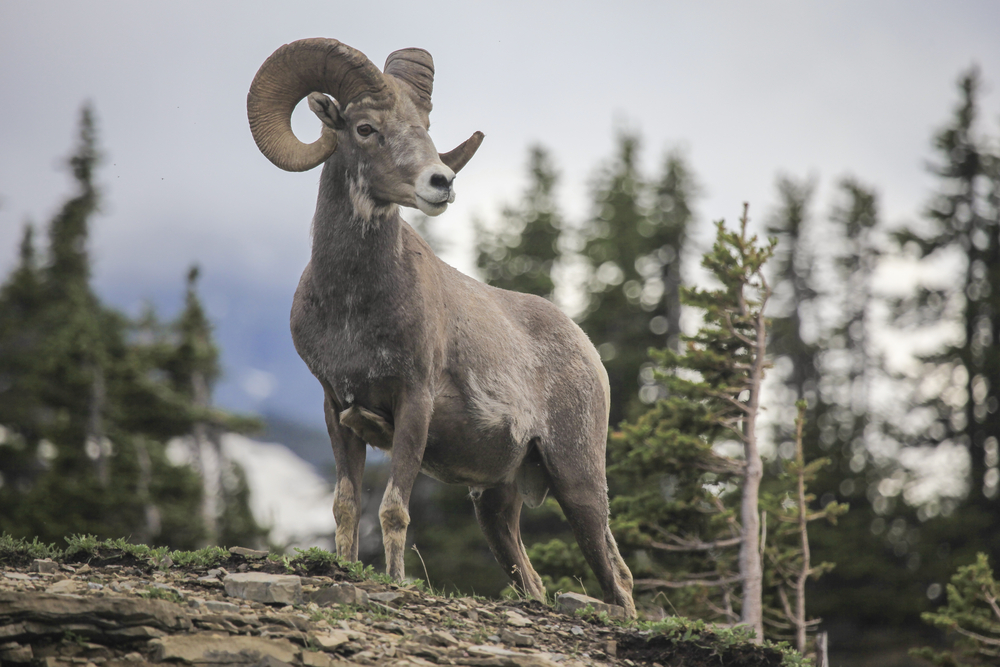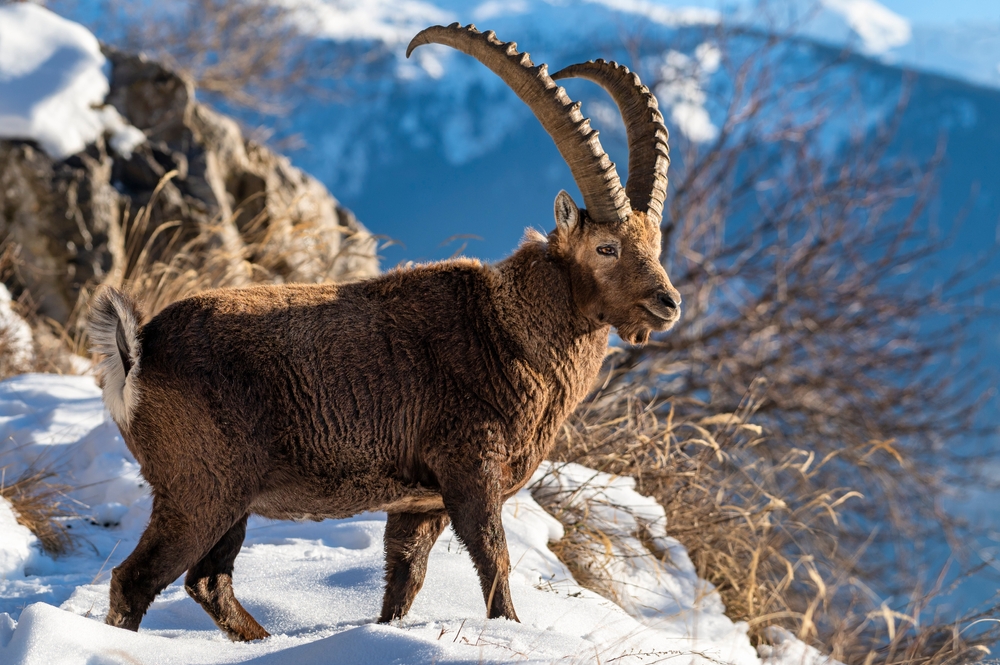Boer goats are adaptable foragers with a strong browsing tendency, making them efficient at utilizing a wide range of vegetation:
-
Primary Diet:
-
Prefer browse such as shrubs, woody plants, and vines.
-
Also graze on pasture grasses like Bermuda, ryegrass, and clover.
-
Readily consume weeds and invasive plants, helping with pasture management.
-
-
Forage Efficiency:
-
Can thrive on lower-quality forage better than many livestock species, though productivity improves with nutrient-rich feed.
-
-
Supplemental Feeding:
-
In commercial operations, often provided with hay, silage, and grain concentrates (corn, oats, barley) to support rapid growth.
-
Mineral blocks or loose minerals are essential, especially those formulated specifically for goats (to avoid excess copper toxicity).
-
-
Water Needs:
-
Require consistent access to fresh water; intake increases significantly in hot weather or during lactation.
-
-
Feeding Behavior:
-
Highly selective eaters that tend to move frequently between feeding spots.
-
Known to stand on hind legs to reach leaves and branches above ground level.
-
Boer goats’ browsing preference and adaptability make them useful for land clearing, weed control, and sustainable meat production in a variety of climates.






































































